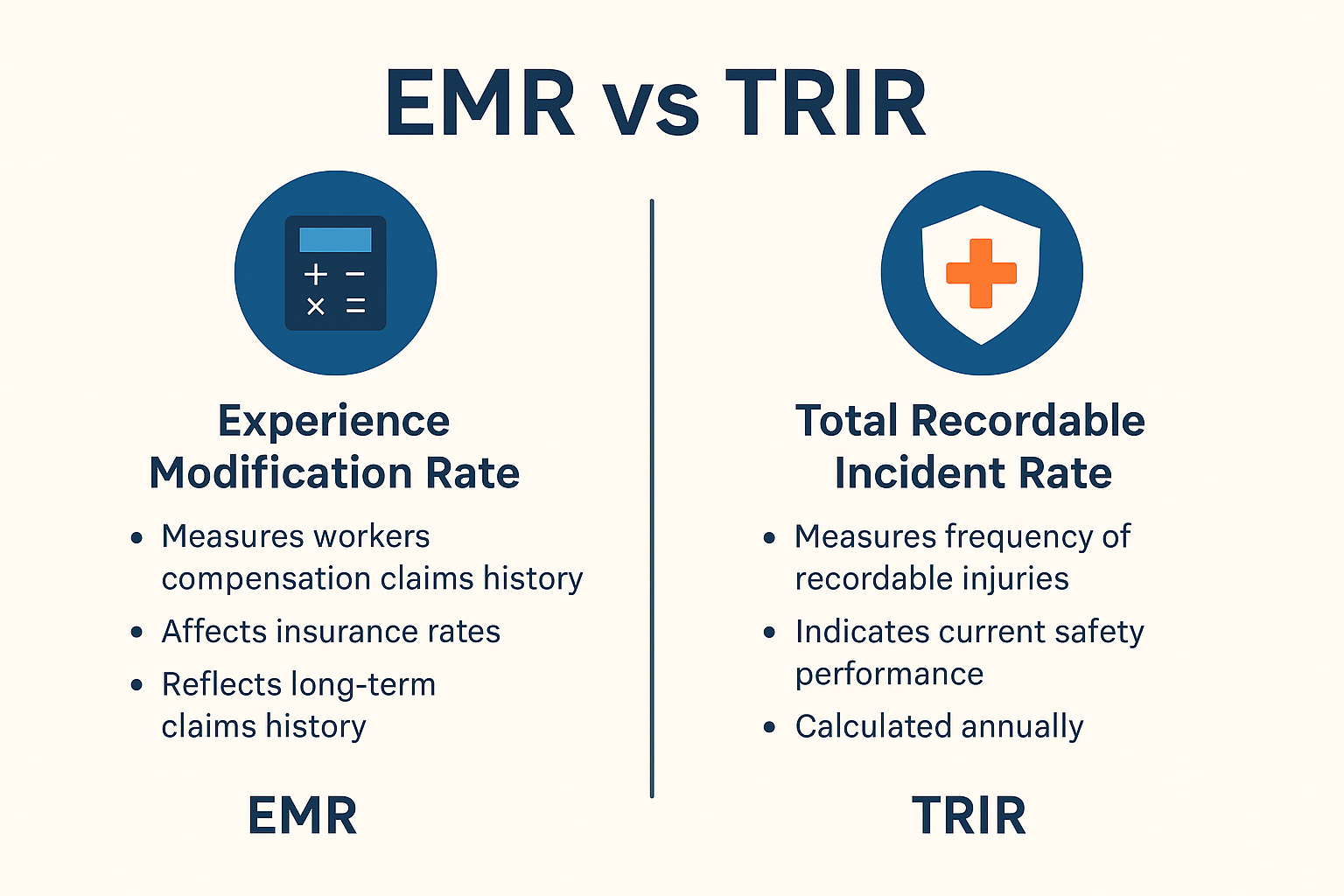Contractor management plays a big role in how modern organizations operate. As more companies rely on contract workers and independent contractors, managing this workforce efficiently has become essential.
Unlike hiring permanent employees, onboarding independent contractors introduces a unique set of challenges. You’re not just filling roles. You’re also dealing with regulatory requirements, cost controls, compliance risks, and onboarding processes that differ across jurisdictions and contractor types.
Without a solid contractor management program, the process can be time-consuming, costly, and risky.
In this guide, we’ll break down what that really involves, why it’s important, and how your organization can build a scalable, compliant, and cost-effective program.
What Is Contractor Management?
Contractor management is the process of overseeing and coordinating contract workers, both individuals and organizations, that provide services to your business.
It covers the full contractor management lifecycle, including vetting, onboarding, training, monitoring, and offboarding.
An effective contractor management strategy ensures compliance with regulatory requirements, improves safety, and helps companies maintain control over costs and operations.
It also reduces compliance risks by tracking critical data like training records, contract terms, and performance metrics.
Why Is Contractor Management Important?
Contractor management isn’t just about efficiency. It directly impacts safety, compliance, reputation, and business continuity, as you handle the following factors:
Diverse Workforces Bring Diverse Risks
Contract workers come from various companies, industries, and backgrounds. Without a cohesive contractor management program, there’s no guarantee that every worker understands your organization’s expectations, safety rules, or procedures.
This can increase the risk of accidents and miscommunication.
Regulatory Pressure Continues to Grow
Many industries face intense regulatory oversight when it comes to labor practices, workplace safety, and recordkeeping.
Contractors must meet the same health and safety requirements as full-time employees, and failure to track compliance can lead to costly violations or legal exposure.
Visibility and Control Are Often Lacking
Organizations that rely on spreadsheets or fragmented processes often struggle to track who is on site, their roles, or whether they are compliant with training and documentation requirements.
This lack of visibility can expose the organization to safety and security issues.
Contractor Performance Impacts Business Outcomes
Contractors contribute directly to core operations, from facility maintenance to critical project execution.
Inconsistent performance or inadequate oversight can disrupt timelines, inflate costs, and damage client trust.
Safety and Liability Are Shared Responsibilities
If a contractor is injured on the job or causes harm, your organization can still be held responsible, especially if proper protocols weren’t followed.
A formal contractor management program helps document safety expectations and achieve accountability across all levels.
Main Elements of an Effective Contractor Management Program
A successful contractor management program ensures that every contractor, from short-term specialists to long-term partners, aligns with your organization’s standards for safety, performance, and compliance.
These are the foundational elements that define an effective program:
Defined Contractor Selection and Qualification Process
Before bringing a contractor on-site, your organization must clearly define the qualifications required for each job role. This includes licenses, certifications, experience levels, and insurance coverage.
Establishing this upfront prevents underqualified contractors from entering high-risk environments.
Consistent Prequalification and Screening
Contractors should undergo background checks, safety performance evaluations, and reference verifications from previous employers.
Prequalification helps make sure that workers meet your company’s safety, quality, and legal expectations before contract terms are finalized.
Standardized Onboarding Procedures
Effective onboarding ensures that contractors understand your organization’s rules, expectations, and worksite procedures.
This should include safety orientations, job hazard awareness, emergency protocols, and code of conduct training specific to your work environment.
Clear Health and Safety Expectations
Contractors must adhere to the same safety protocols as direct employees.
Define and communicate safety rules, reporting procedures, use of personal protective equipment (PPE), and requirements for safety audits or inspections.
Performance Monitoring and Accountability
Establish a structure for evaluating contractor performance on an ongoing basis, including safety behavior, quality of work, timeliness, and adherence to regulations.
Performance reviews should be documented and used for feedback and contractor selection in the future.
Ongoing Compliance and Training Requirements
Workplace conditions change, and so do safety and compliance regulations.
Contractors should be updated regularly on revised health and safety policies and receive refresher training when needed. Continuous education supports long-term risk reduction.
Incident Reporting and Investigation Protocols
All incidents, near misses, or non-compliance issues involving contractors should be reported and investigated using the same procedures applied to full-time staff.
This promotes fairness, transparency, and a unified safety culture.
Structured Offboarding Process
When a contract ends, make sure contractors return any access badges or tools, complete required exit documentation, and debrief with supervisors.
This helps maintain site security and creates opportunities to gather feedback for future improvements.
Common Contractor Management Challenges
Managing contractors requires more than assigning tasks and checking qualifications. Without the right systems and oversight, even experienced organizations can face serious gaps that affect safety, compliance, and productivity.
Below are some of the most common contractor management challenges you should anticipate and plan for:
Lack of Standardized Processes
Many organizations don’t have a consistent contractor management strategy across departments or sites.
This leads to inconsistent vetting, onboarding, and supervision, which can increase the risk of errors, oversights, and liability.
Inadequate Oversight of Qualifications and Training
Failing to verify that contractors meet health and safety requirements or allowing expired certifications to go unnoticed can expose the company to regulatory violations or safety incidents.
Poor Communication Between Contractors and Supervisors
Miscommunication around job scope, safety protocols, or site rules is a leading cause of preventable incidents.
Without structured onboarding and clear contact points, misunderstandings can escalate quickly.
Difficulty Holding Contractors Accountable
When roles and expectations aren’t clearly defined from the start, it becomes difficult to assess contractor performance or enforce standards.
This creates gaps in accountability and complicates any necessary corrective actions.
Limited Visibility Into On-Site Contractor Activity
Without accurate records or real-time oversight, organizations often struggle to know who’s on-site, what tasks they’re performing, and whether they’re compliant with company regulations.
This is especially challenging for companies with multiple worksites or international contractors.
Fragmented Documentation and Recordkeeping
Keeping track of contractor files, including insurance records, work permits, safety training, and past performance, is often time-consuming and prone to error.
Disorganized contractor data increases the risk of noncompliance and audit failures.
Best Practices for Contractor Management
Contractor management works best when there are three things: structure, visibility, and accountability.
Whether you’re managing a small vendor network or a global contingent workforce, the following practices can help your team stay compliant and in control:
Define Clear Selection Criteria
Set up clear, role-specific qualification benchmarks for every new contractor, from skills and safety certifications to documentation and regulatory requirements.
This will help you keep your standards high and consistent.
Maintain Accurate and Centralized Records
Keep all contract data, including agreements, work scope, certifications, and safety training, in a secure, accessible system.
It’s a good way to reduce paperwork and support compliance reviews.
Standardize Onboarding and Orientation
All contractors should receive the same onboarding process, including workplace rules, expectations, and job-specific safety procedures.
This builds alignment between contractors and full-time employees.
Monitor Performance and Safety
Regularly assess contractor performance against established benchmarks.
Make it easy to track safety behavior, productivity, and whether contractors meet KPIs and company policies.
Require and Document Ongoing Training
As regulations and site needs change, so should training.
Use scheduled reviews to make sure all contractor employees stay up to date on safety protocols, job requirements, and company policies.
Use the Right Tools
Adopt contractor management systems that help manage records, track compliance, and generate real-time visibility across projects.
The right contractors are only as effective as your ability to manage them well.
How Contractor Management Software Helps Optimize the Process
Manual contractor management processes are time-consuming and often incomplete.
Contractor management software offers companies a smarter, faster, and more secure way to handle vendor relationships, from selection to offboarding, by helping organizations:
Simplify Recordkeeping and Compliance
A good contractor management software gives you a central hub for contracts, certifications, safety documents, and communication records. This reduces reliance on outdated or fragmented existing systems.
Enable Real-Time Visibility Across the Workforce
With real-time dashboards, managers can see who’s working where, track documentation status, and make sure that each new contractor meets company standards before entering the site.
Support Global and Contingent Workforces
Whether you’re hiring international contractors or scaling up for temporary projects, the software helps you manage complexity without increasing operational costs or compliance risks.
Automate Key Workflows
From onboarding and documentation to time tracking and payment capabilities, modern contractor management systems streamline your process while reducing human error and increasing efficiency.
Strengthen Risk Mitigation and Accountability
With built-in alerts, performance monitoring, and contractor history tracking, businesses can identify underperformance, manage safety issues, and hold contractors accountable, all in one system.
Take Control of Contractor Management with EHS Momentum
If you’re struggling to manage documentation, compliance, and communication across your contractor network, you’re not alone. Many organizations face the same challenges, especially when relying on outdated or fragmented systems.
That’s where EHS Momentum comes in.
Our flagship tool, MyMomentum, is built to simplify contractor management without increasing administrative overhead. It’s a cloud-based safety and compliance platform designed to help organizations manage contractor relationships with confidence and control by making it easy for you to:
Centralize Contractor Documentation
MyMomentum provides a single place to store and organize all important contractor data, from insurance forms and certifications to safety training records and onboarding documentation.
No more searching through disconnected systems or losing track of essential records.
Track Contractor Compliance in Real Time
The platform includes built-in tools to monitor compliance across your contractor base.
Get notified when certifications expire, track safety performance over time, and make sure that only qualified contractors are cleared to work before they step on site.
Streamline Onboarding and Qualification
MyMomentum helps you onboard new contractors with pre-set qualification workflows, reducing manual steps and ensuring consistency.
From verifying credentials to completing site-specific safety orientation, you can get the right contractors up and running faster, with less risk.
Gain Full Visibility Across Multiple Job Sites
Whether you’re managing contractors locally or across a network of worksites, MyMomentum gives you real-time visibility into who’s active, what documents are outstanding, and where risks may be emerging.
EHS Momentum combines expert consulting with modern software to help companies reduce compliance risks, manage contractor data, and improve operational oversight.
Schedule a demo today to see how MyMomentum can support your contractor management strategy, so you can stay compliant, productive, and in control.
FAQs About Contractor Management
What is meant by contractor management?
Contractor management refers to the structured process of overseeing contracted services, including hiring contractors, verifying qualifications, tracking documentation, and ensuring compliance with safety and legal requirements.
Modern contractor management systems and software can help organizations streamline this process while managing multiple contractors across projects and locations.
How do you effectively manage contractors?
Effective contractor management involves setting clear expectations, verifying qualifications, monitoring performance, and maintaining all other documentation, from contracts to safety training.
The best contractor management software includes key features like compliance tracking, real-time dashboards, and alerts to help organizations stay ahead of potential risks and reduce costs associated with mismanagement.
What is the 2-year contractor rule?
This IRS guideline helps distinguish independent contractors from full-time employees. If a worker performs the same job for the same client for over two years without a formal contract renewal or classification change, it may raise classification concerns.
It’s essential for companies hiring contractors to understand this distinction and maintain clear contract management practices to ensure compliance.
What is the role of a management contractor?
A management contractor coordinates all aspects of a construction or service project by overseeing subcontractors, budgets, timelines, and contracted services. Their responsibilities often span hiring, supervision, and compliance.
Using effective contractor management systems gives them the ability to monitor workers, manage contracts, and deliver benefits like cost control, project visibility, and global contractor support, including international payments if needed.







